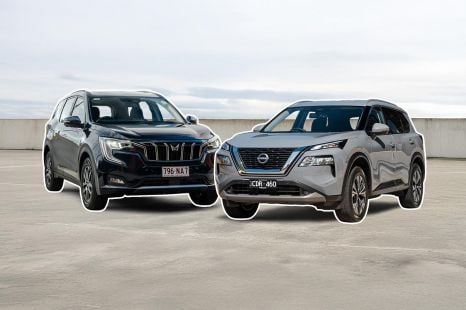

Andrew Maclean
2025 Mahindra XUV700 AX7L vs Nissan X-Trail ST-L comparison: Spec battle
2 Months Ago
Is the SL Hybrid an electrified Camry finally worthy of money from private buyers, or should you stick with pure petrol power?

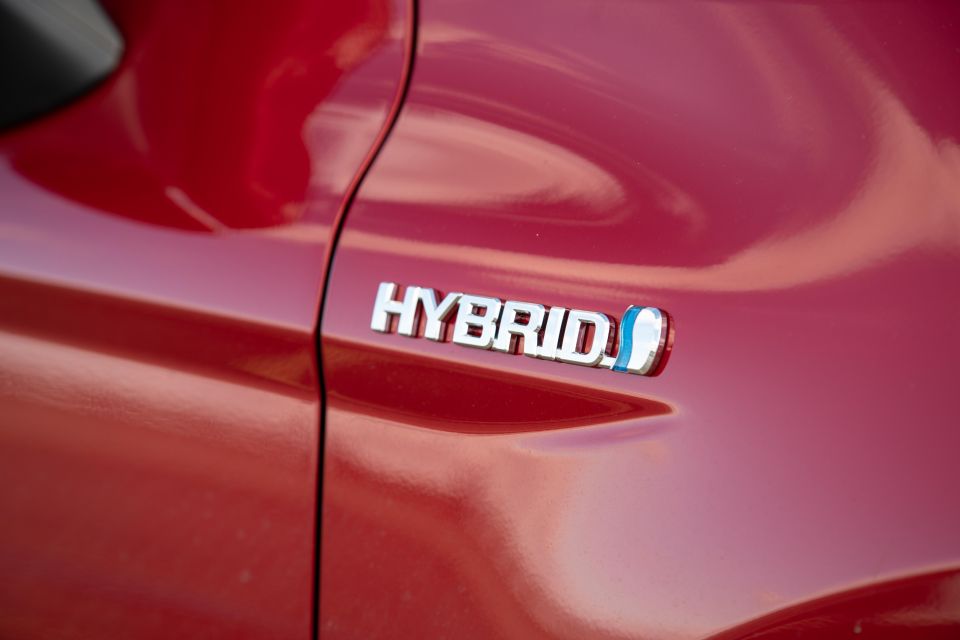

Contributor
New from
$28,290
excl. on-roads

Contributor
New from
$28,290
excl. on-roads


Contributor
New from
$28,290
excl. on-roads

Contributor
New from
$28,290
excl. on-roads
Quickly see how this car stacks up against its competition. Select any benchmark to see more details.
Where expert car reviews meet expert car buying – CarExpert gives you trusted advice, personalised service and real savings on your next new car.
Toyota hybrids have quickly transitioned from a compromised environmental solution for early adopters and taxi drivers to a viable, affordable option for the masses.
The current Corolla and RAV4 hybrids are in huge demand, and Toyota will later this year have electrified versions of six of its best-selling models.
Along with its sharper new look, the current-generation Toyota Camry debuted an updated hybrid system for Toyota. It’s more capable in more situations than its predecessors – and in the range-topping SL guise, only $1000 more expensive than a four-cylinder petrol.
Toyota has even put effort into making it look sharp, inside and out.
Is the SL Hybrid an electrified Camry finally worthy of money from private buyers, or should you stick with pure petrol power?

Pricing for the Toyota Camry range starts at $28,290 before on-road costs, and runs to $44,950 before on-roads for the range-topping SL V6.
The SL Hybrid kicks off at $41,590 before on-road costs, just $1000 more than a four-cylinder petrol SL.
Direct hybrid competitors are thin on the ground. You can get a Honda Accord Hybrid for $50,490 before on-roads, otherwise around $40,000 will see you in a mid-spec Mazda 6 or a Skoda Octavia RS.
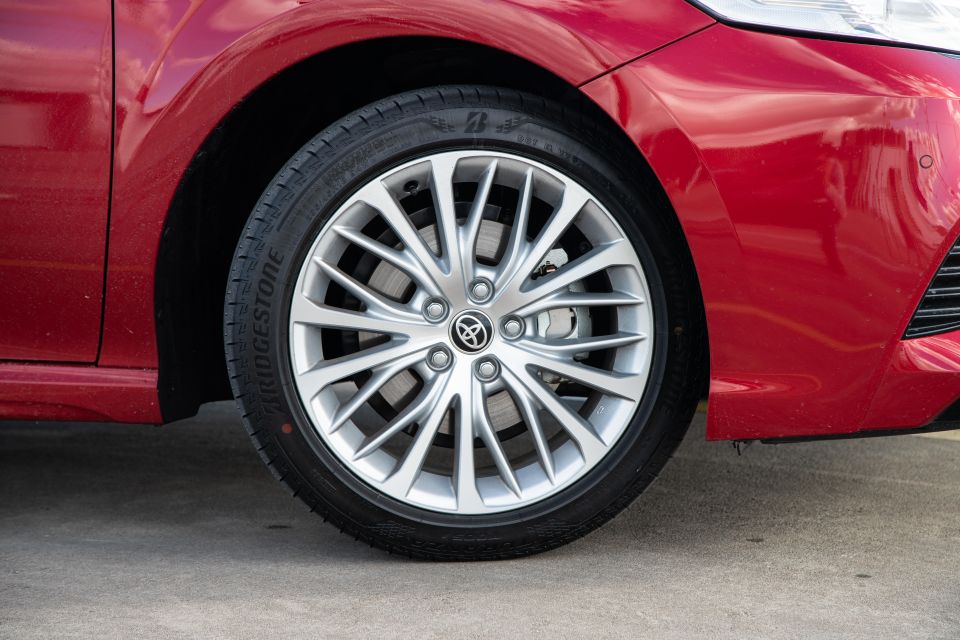
Everything in the Toyota kit bag, given this is a range-topping car.
Outside, the SL Hybrid rides on 18-inch alloy wheels and wears the same sporty bodykit as the more powerful V6. It only gets a twin exhaust instead of the quad pipes of the V6, but otherwise it looks far sportier than you might expect of a hybrid family sedan.
This latest Camry model has been around long enough that we should no longer be surprised at how sharp it looks, but with a low roofline, broad rear, and aggressive front, it’s a massive step forward from its vanilla predecessors.
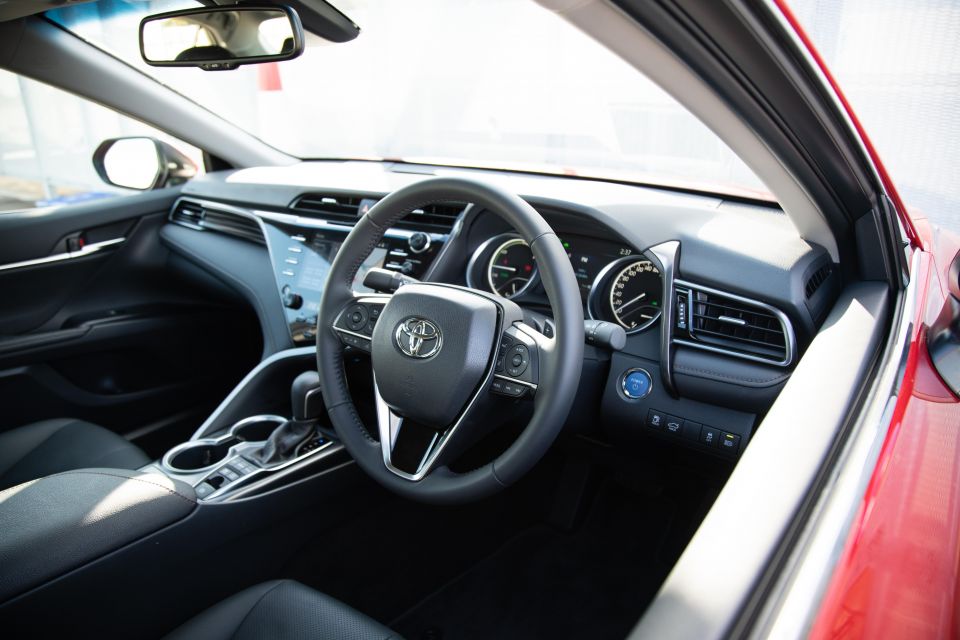
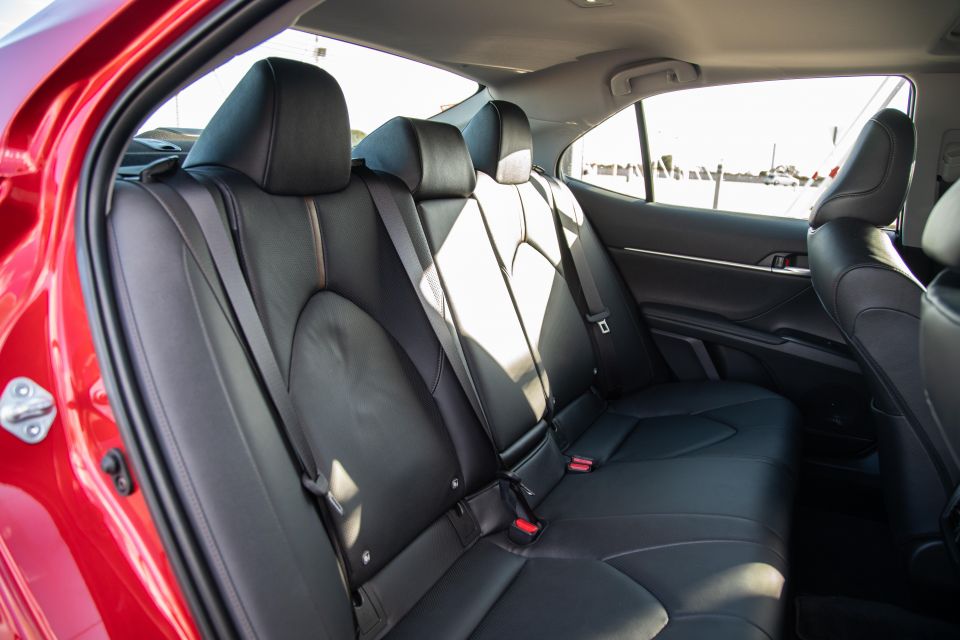
Inside, the seats are trimmed in black leather finished with brown highlights as standard. I’m not the arbiter of style, but to my eyes it’s a strange colour combination.
Infotainment comes courtesy of an 8.0-inch touchscreen with Bluetooth and USB inputs, along with Apple CarPlay and Android Auto. There’s a wireless phone charging pad, which pops out to hide a useful storage space under the dashboard.
The range-topper also gets a digital instrument binnacle and colour head-up display, complete with speed and navigation information.
Our tester featured a headroom-eating sunroof – something not offered on the four-and six-cylinder petrol options.

The 2020 Camry has a five-star ANCAP safety rating based on testing carried out in 2017.
It scored 36.16 of a possible 37 points, with good whiplash protection and acceptable pedestrian protection.
Standard equipment includes autonomous emergency braking with pedestrian and cyclist detection, blind-spot monitoring, rear cross-traffic alert, lane-keep assist, and adaptive cruise control.
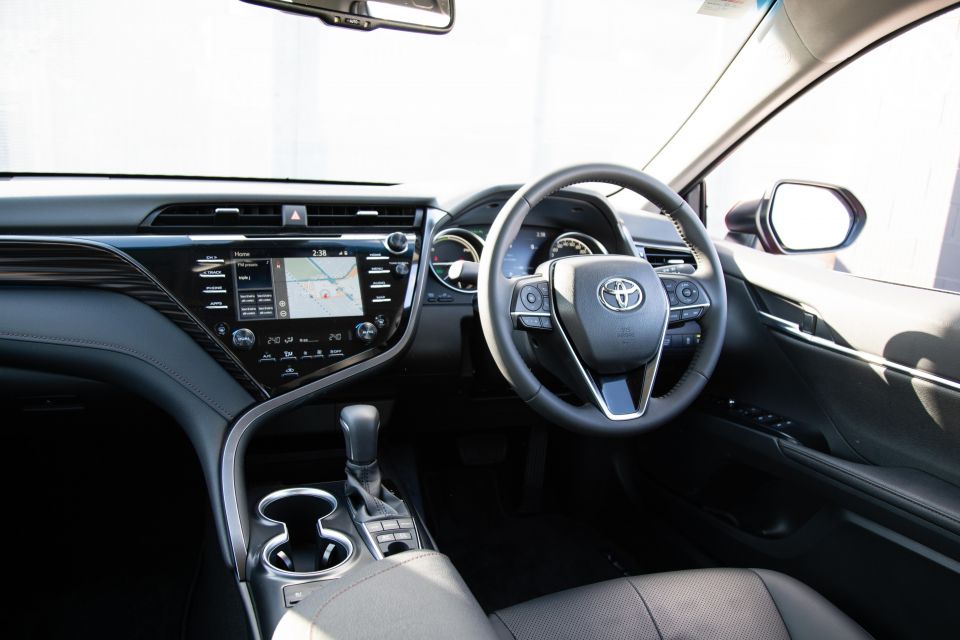
Despite its modest price tag, the Camry SL feels almost luxurious from behind the wheel.
The driving position is accomodating for drivers tall and small, and the leather on the seats feels quality – although it lacks the waxy softness of the trim used in the related Lexus ES. Then again, this is a $40,000 car.
Toyota has clearly worked hard to make the current Camry look more interesting inside than its dowdy predecessors.
The passenger side of the dashboard houses a piece of sweeping piece of plastic trim with an angular pattern, and the gloss black area surrounding the touchscreen flows to a sharp, triangular close above the transmission tunnel.

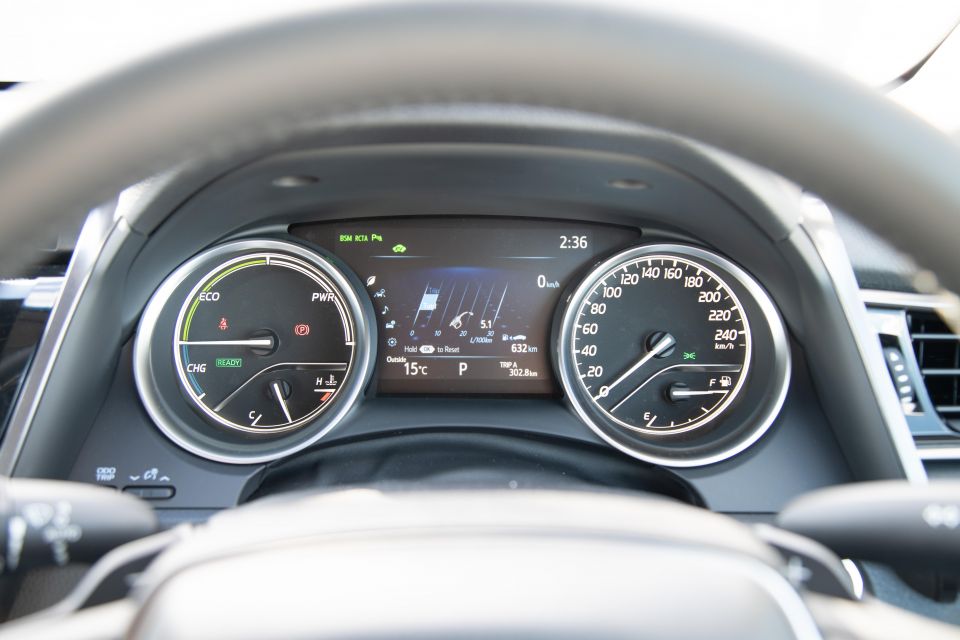
The new design looks sharp, but won’t alienate rusted-on buyers.
The steering wheel is straight out of the Toyota parts bin, while the analogue power meter and speedometer flank a coloured central display capable of showing fuel use, energy flow around the hybrid system, speed, and the status of your safety systems.
It’s functional, and a step on from the smaller digital display offered in lower-spec versions of the Camry, but with a slightly washed out colour palette and basic graphics lags behind what’s on offer from the Volkswagen Group with its excellent Active Info Display.
Although that isn’t an issue in fleet-spec versions of the Camry, a bit of dazzle wouldn’t hurt in the quest to lure private buyers.
It’s a similar story with the infotainment system, which is functional but workmanlike. With satellite navigation, Bluetooth phone connectivity, and Apple CarPlay/Android Auto, it has everything you need. But the screen is plasticky and unsatisfying to use, and its responses lack the snap of the latest from Hyundai.
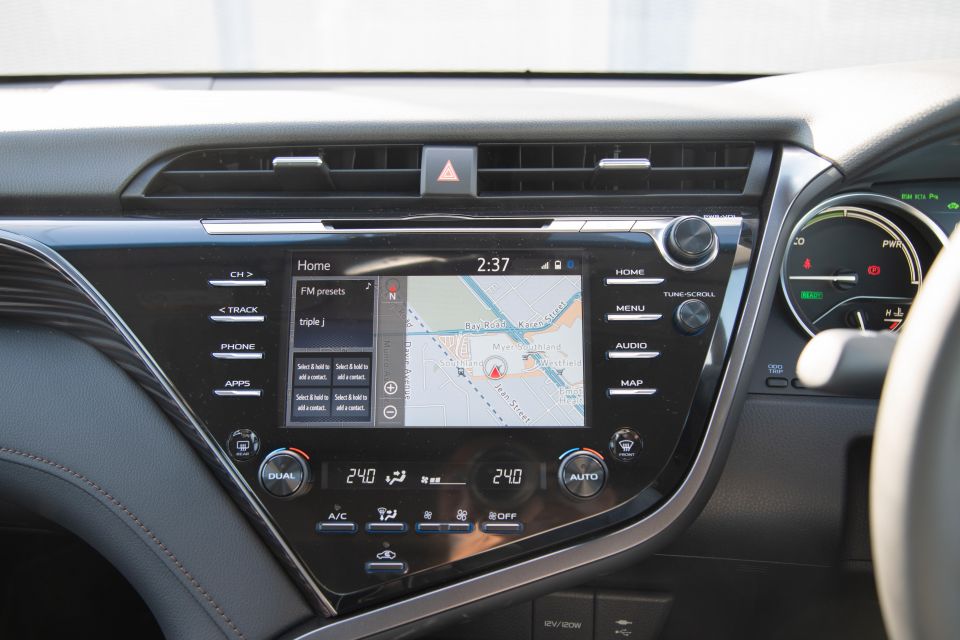
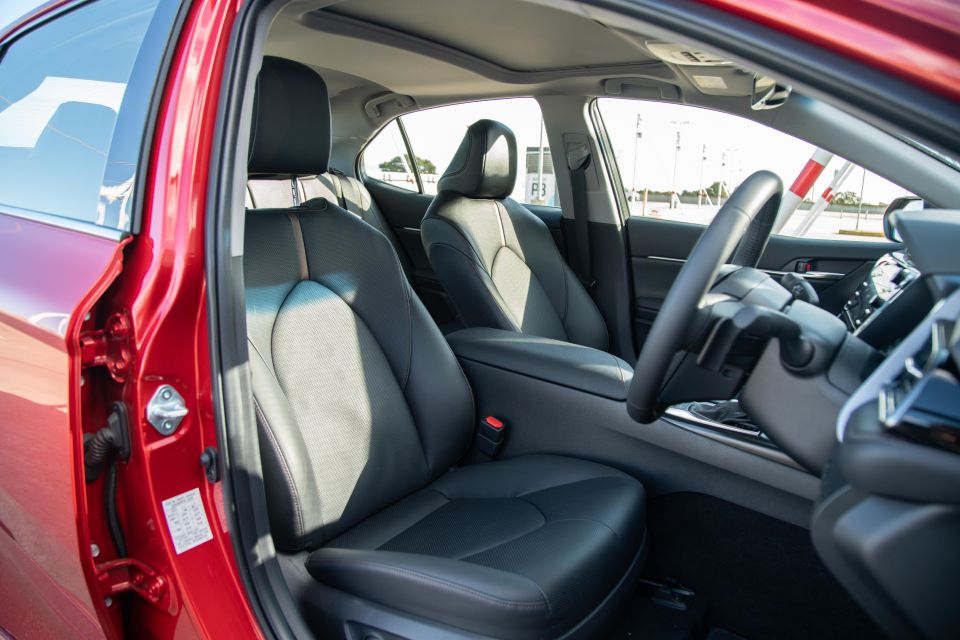
I’ve spent more time in the back seat of a Camry than the front, but this was the first time sober. Although it has a racy, raked roofline, headroom is more than acceptable for a mid-sized sedan, and legroom is impressive.
Add USB ports and air vents into the mix, and the kids won’t have much to complain about.
The only real knock on practicality is the sunroof, which made the front seats feel claustrophobic. At six-seven my body shape is an outlier, but it’s worth considering if you’re lanky.
With 524L of boot space and folding rear seats, it’s every bit as practical as you’d hope as well. The boot opening is broad and there’s no pronounced lip, so slotting in grocery bags is a cinch.
Power in the Camry SL Hybrid comes from a combination of a 2.5-litre four-cylinder petrol engine and an electric motor, the latter of which draws on a nickel metal hydride battery.
Combined, they output a combined 160kW of power and, well, an unspecified amount of torque. The petrol engine offers 221Nm, and the electric motor adds another 202Nm, but they do so at different points in the rev range.
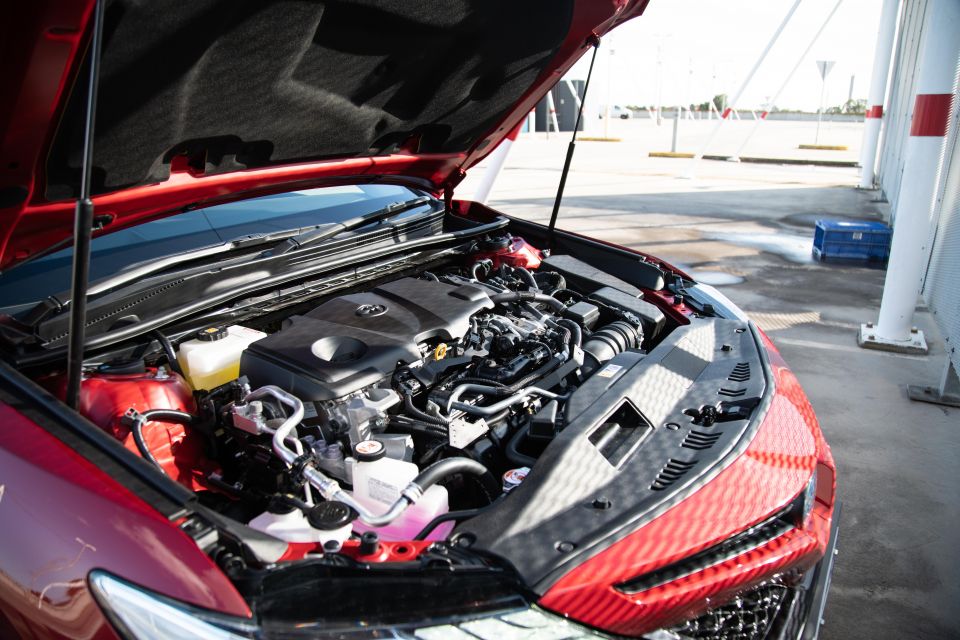
Unlike the latest crop of plug-in hybrid vehicles, you won’t get much pure-electric motoring from the Camry.
The electric motor is on hand to get the car rolling, and generally cuts out at around 30km/h when you’re accelerating. It’s also on hand to provide a boost when you mat the throttle, or to allow the petrol engine to turn off when coasting on the highway.
Power is put to the front wheels through a CVT. It misses out, however, on the clever launch gear from the petrol-powered Corolla, which more effectively mimics a torque converter off the line.
Toyota claims the Camry Hybrid uses 4.5L/100km on the combined test cycle, and we came close to matching it in the real world, returning 5.1L/100km with a skew towards city driving. Impressive for such a large car.

With its responsibly-sized 18-inch alloy wheels and chubby tyres, the SL Hybrid has an impressively smooth ride around town. There’s a lovely, pillowy quality to the suspension tune.
The Camry is effortless around town. The light steering makes tight lanes and parking spots a breeze, and the hybrid powertrain is perfect for low- to mid-speed running. More on that to come.
It can be tricky to spot the corners of the car, but a combination of parking sensors and familiarity both play a role in quickly solving that problem. Over-the-shoulder visibility is acceptable, but the blind-spot monitor is nice to have given how chunky the c-pillars are.
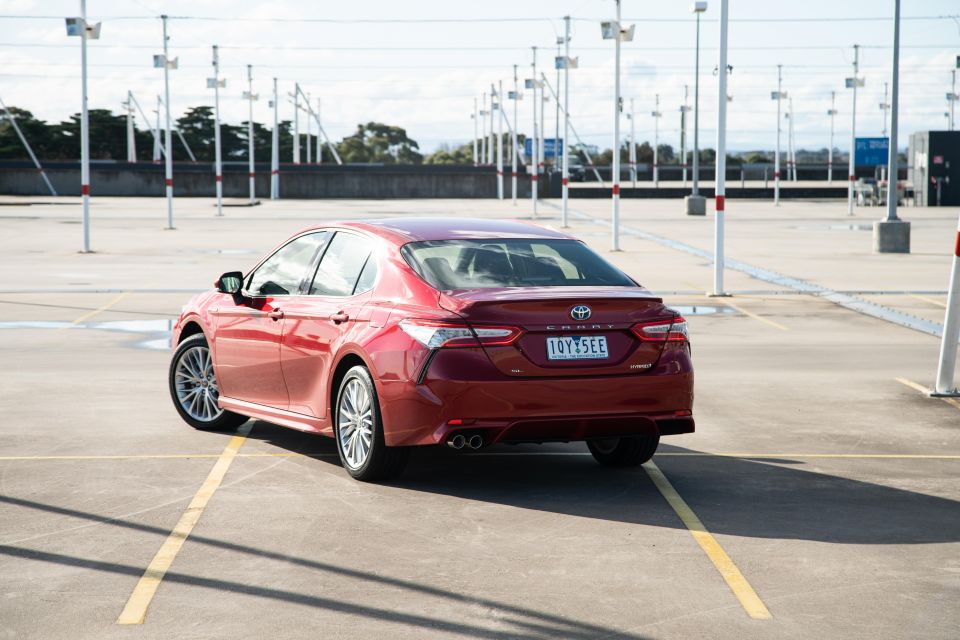
What’s most impressive in the city is the refinement. The Camry is coffin quiet, with hardly any wind, tyre, or engine noise sneaking into the cabin.
Even at highway speeds it’s impressively refined, making it an excellent place to while away the day. Low running costs aside, it’s easy to see why the Camry is so popular among people who drive for a living.
As with the latest wave of Toyota products, the comfortable ride hasn’t come at the cost of handling. The steering is light, but it’s relatively direct as well. Rather than ploughing on, the nose is keen to go where it’s pointed – up to a point, at least.
It’s a big step on from its vanilla predecessors, even though there’s more fun to be had in a Mazda 6.
If you’re not impressed by the ride and refinement, the hybrid powertrain should tip you over the edge.
Unless it’s freezing outside, the Camry starts in electric mode. Low-speed driving is generally handled on electric power, so most mornings you’ll make it out of the garage or driveway without the petrol engine firing.
Although it springs vigorously to life at startup, once it’s warm the petrol engine barely makes its presence felt on the move. Arguably what’s most impressive about this hybrid powertrain is how normal it feels.
It generally accelerates from standstill to about 30km/h in electric mode, before the petrol engine kicks in to help out. But it’s always shuffling power around – when you lift from the throttle, the engine dies and the car can usually maintain its momentum with the electric motor.
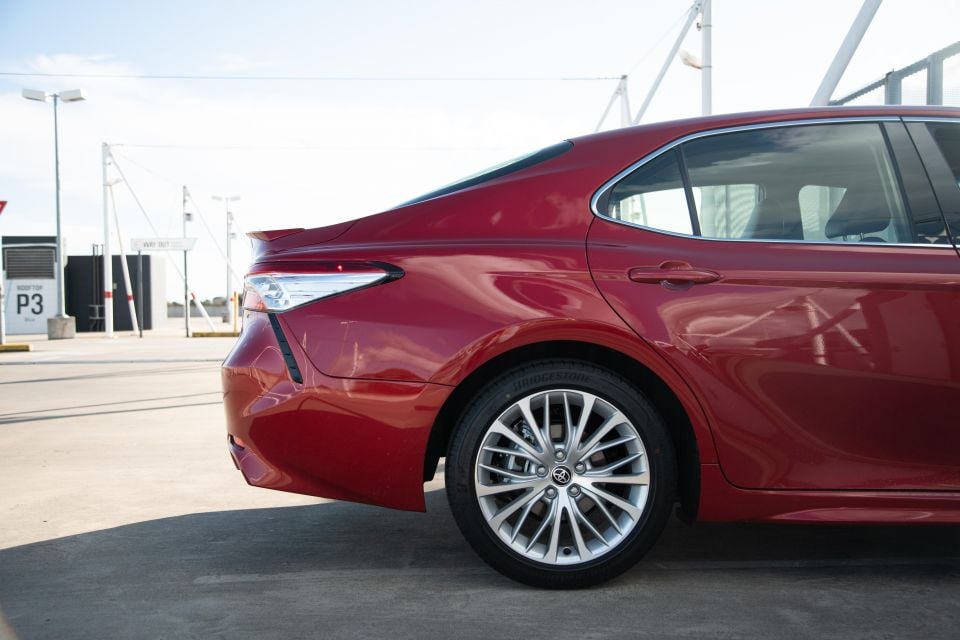
Ask more of it and the petrol engine comes back into the fray, while burying the throttle will see the petrol and electric parts of the powertrain working in concert for punchier acceleration. Although it’s most comfortable at lower speed, the 2.5-litre petrol engine has enough go to still feel responsive when the time comes to overtake on the highway.
You’ll get a bit of rev-flaring from the CVT when maximum performance is asked for, but there’s nothing weedy about the hybrid’s performance.
And you never need to plug it in, because the petrol engine and energy harvested under deceleration are used to keep the battery topped up.
That regenerative braking system can make for a slightly wooden brake pedal, although it’s better calibrated than the plug-in hybrid Hyundai Ioniq, for example.
This is the lowest-maintenance form of electrification imaginable, but there are big real-world efficiency benefits.
We saw just 5.1L/100km with a skew to city driving. Sure, the hybrid system is most efficient at lower speeds, but it’s a damn impressive number from such a large, comfortable car.
The only real knock on the Camry is its occasionally overzealous pre-collision warning system, which is a bit keen to have you brake in certain situations. The on-screen warning is bright red, backed by a beep, and says BRAKE in all capitals, which is arguably enough of a distraction to almost cause the accident it was trying to prevent.
Toyota backs the Camry with a five-year, unlimited-kilometre warranty.
Maintenance is required every 12 months or 15,000km – whichever comes first – and the first five services have their prices capped at $200 each, making this very affordable motoring.
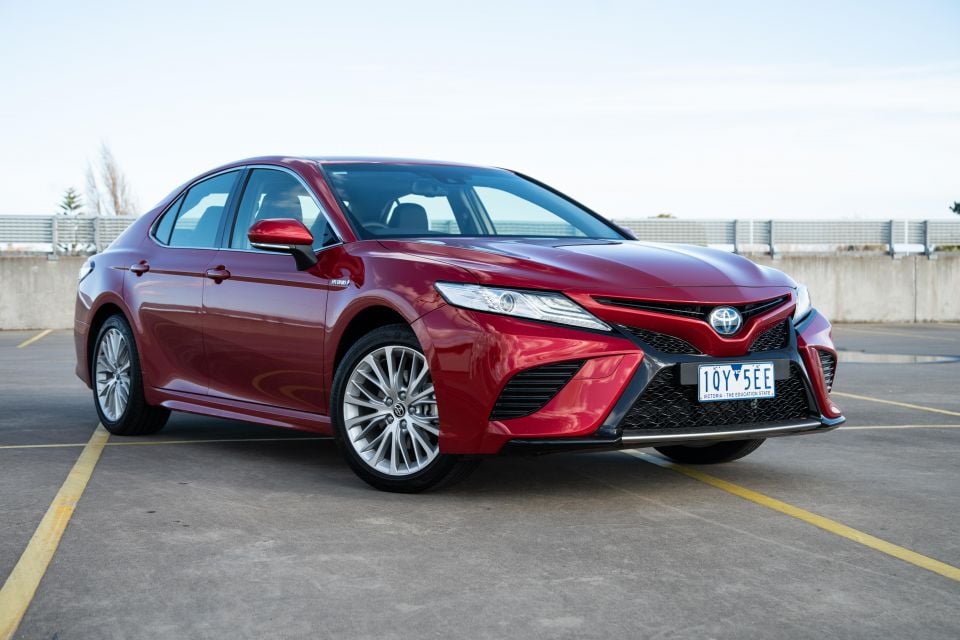

If you can put ego to one side, the Toyota Camry SL Hybrid ticks all the boxes. It’s all the car you could ever need and more.
Toyota’s latest hybrid system is a winner, and the Camry’s more handsome exterior makes it a more exciting proposition than those that have gone before. At just $1000 more expensive than the four-cylinder petrol, the hybrid powertrain is a no-brainer.
Being able to run such a large car with such tiny fuel and maintenance bills would have been unthinkable not that long ago. If you want more performance, there’s always the V6 option.
It’s a shame Toyota doesn’t have a sharper infotainment system, because the workmanlike technology is the only real knock on the Camry.
Where expert car reviews meet expert car buying – CarExpert gives you trusted advice, personalised service and real savings on your next new car.
Scott Collie is an automotive journalist based in Melbourne, Australia. Scott studied journalism at RMIT University and, after a lifelong obsession with everything automotive, started covering the car industry shortly afterwards. He has a passion for travel, and is an avid Melbourne Demons supporter.


Andrew Maclean
2 Months Ago
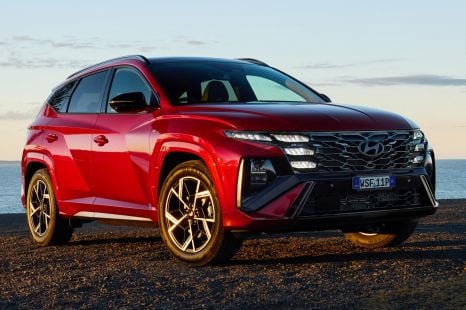

James Wong
2 Months Ago


Josh Nevett
1 Month Ago


William Stopford
26 Days Ago


James Wong
26 Days Ago
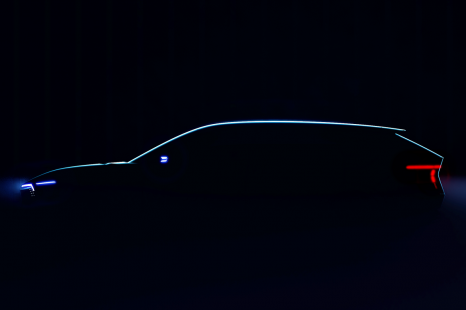

Damion Smy
18 Days Ago